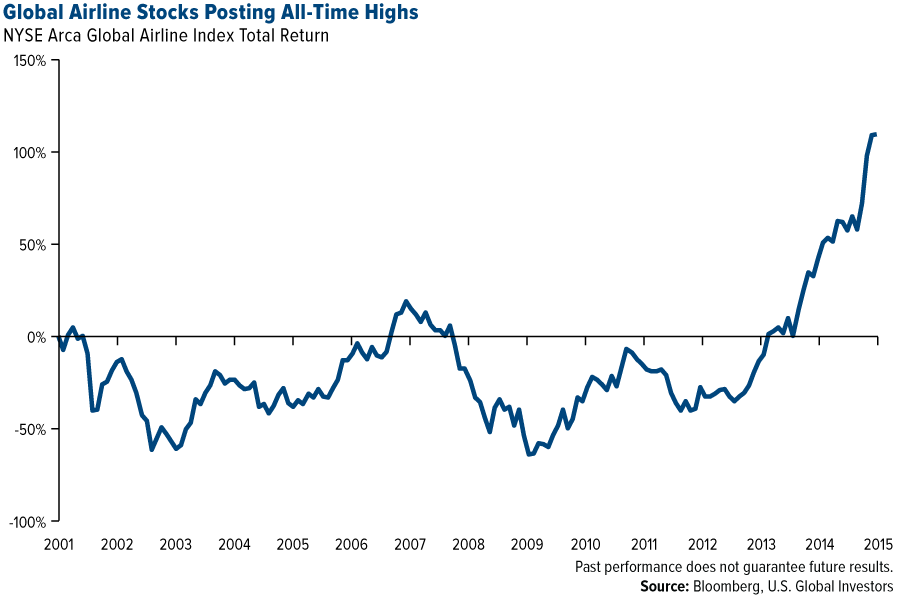With the Stock Market at AllTime Highs Should You Rebalance US News
Post on: 16 Март, 2015 No Comment

You may want to consider rebalancing your portfolio, but remember to do so gradually.
Normally, I wouldn’t recommend too much rebalancing of your long-term investment portfolio. There is a good reason for that: Experts and amateurs alike are often terrible at consistently timing the markets. It is often wise to keep rebalancing to a minimum, since you can create a tax event and also bear some transaction costs, at least in your taxable accounts.
However, when one major asset class rises much further than many other asset classes in a period of a few years, as is the case with the U.S. stock market. you may have inadvertently ended up over-concentrated in one class versus the others. Thus, it could be an ideal time to do at least a modest amount of rebalancing.
I recently found myself in this very predicament when I looked across all my accounts. Personally, I prefer to have around 33 percent of my long-term investments exposed to U.S. equities. Of course, there is no exact single number that is the correct allocation. I simply felt that as long as my allocation ranged between 25 and 40 percent in U.S. equities, it was an appropriate range for a person in their early 60s.
However, U.S. equities had risen so much further than the other major asset classes, so when I did an annual review of my portfolio, my allocation had climbed to over 50 percent of the total portfolio. As a result, I am much more exposed to U.S. equities than I would prefer. Now I am selectively selling down over the period of three or more months, to bring my U.S. equities exposure in the 30 to 35 percent range. Thus, I will bring my portfolio back into a more broadly diversified range.
This philosophy causes me to sell at high points of the relative high-valued asset classes while buying other classes that are relatively lower-valued. Notice that I am not talking about “market timing,” but using risk amelioration as the key driver to allocation and rebalancing. It just so happens that it is more likely than not that I will end up buying and selling at the right times.
Of course, the high-valued market can still continue to rise even further. And conversely, the low-valued markets can drop even further. But I am still keeping exposure to both the low and the high-valued markets throughout the decades, so I won’t lose too much in opportunity revenue either way.
Two questions still remain, however:
1. What is the right range of exposure that a person should have to U.S. equities? The answer is that it depends on many individual factors. Generally speaking, as you get older and closer to actually withdrawing money from your investment account, you should slowly decrease your exposure to all high-volatility asset classes.
Just make sure to do this slowly over the decades rather than suddenly. Most retirees keep their exposure to U.S. equities in the range of 25 to 60 percent depending on their personal preference and their rate of withdrawals.

2. If you decide to rebalance as I have done, where do you then invest the money? The answer also depends a lot on your personal preferences. But a general guideline is to look at what is underweight now, due to the large increase in the U.S. equities portion. So, for instance, you may now be underweight international equities, especially emerging markets .
Of course, they can fluctuate, but being significantly underweight the countries that will likely grow more than the U.S. over the next decade or more may not be wise. In addition, given low interest rates, there is nothing wrong with keeping your fixed-income allocation in the short to intermediate-term range as well.
Investors should also be aware of common reallocation mistakes. For example, years ago, I decided how to allocate which asset classes should go into my tax-efficient retirement accounts versus my taxable accounts. Unfortunately, this caused me to recently discover I did not have enough exposure to U.S. equities in my retirement accounts. So, in order to decrease my overall U.S. equities exposure, I had to sell stock positions in my taxable accounts, which generate an immediate tax expense for me.
It would have been much more prudent of me to make sure I had more exposure to U.S. equities in the retirement accounts, as all that tax liability I created by selling the portion of U.S. equities would have been deferred. So, when you plan which investments to put into which accounts, don’t make the same mistake I did. Make sure you have a broad exposure to more volatile asset classes in the retirement accounts. This will allow you to rebalance and yet minimize any immediate tax liability.
As a final point, I caution you not to do anything too drastic in any one month. It is always best to stretch out your rebalancing over at least one or two quarters. That way, you will not cause undue volatility in your long-term performance. It is often prudent not to move the allocation too dramatically. Slow steady moves will keep your risk level minimized.
Tim McCarthy is the author of “ The Safe Investor ,” released in February 2014, and former chairman and CEO of Nikko Asset Management Co. He has also worked at other large financial institutions such as Fidelity Investments and Merrill Lynch.














